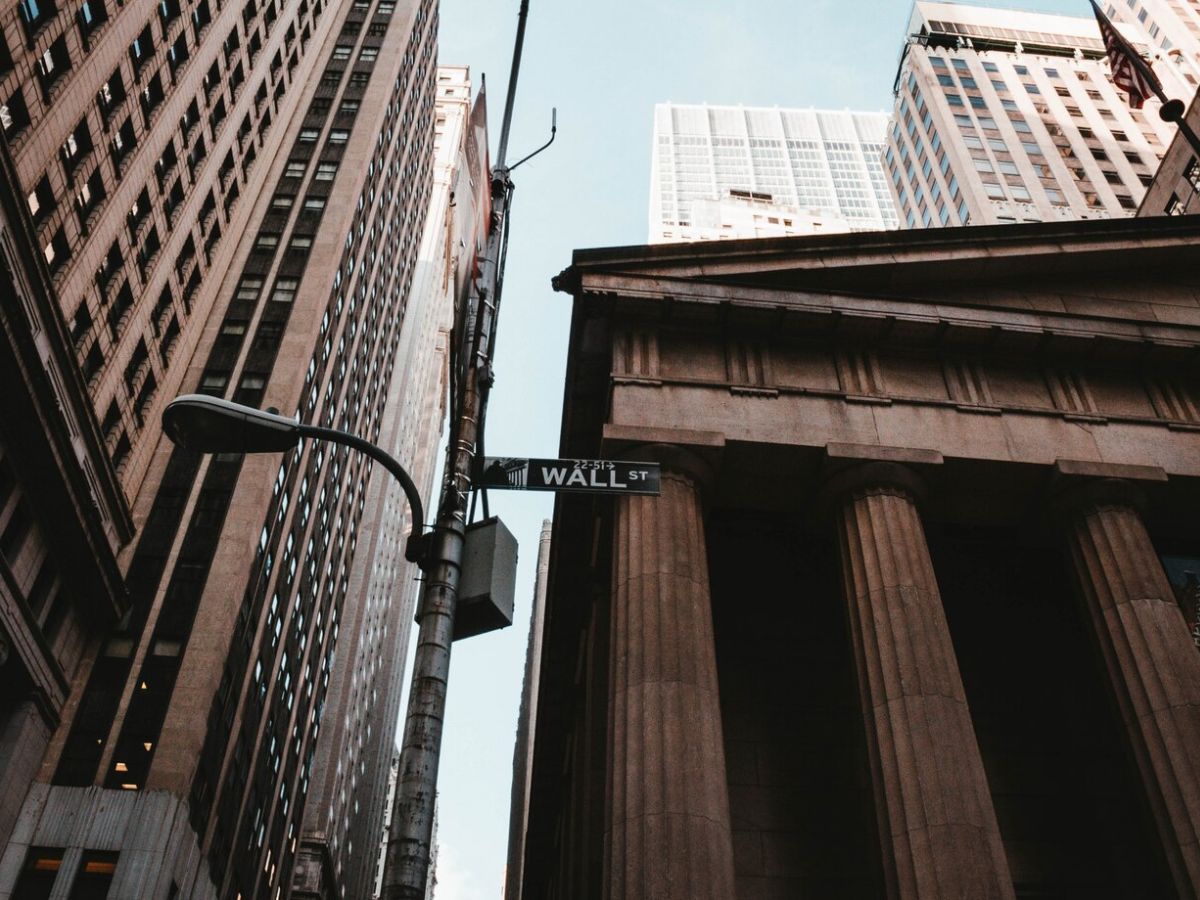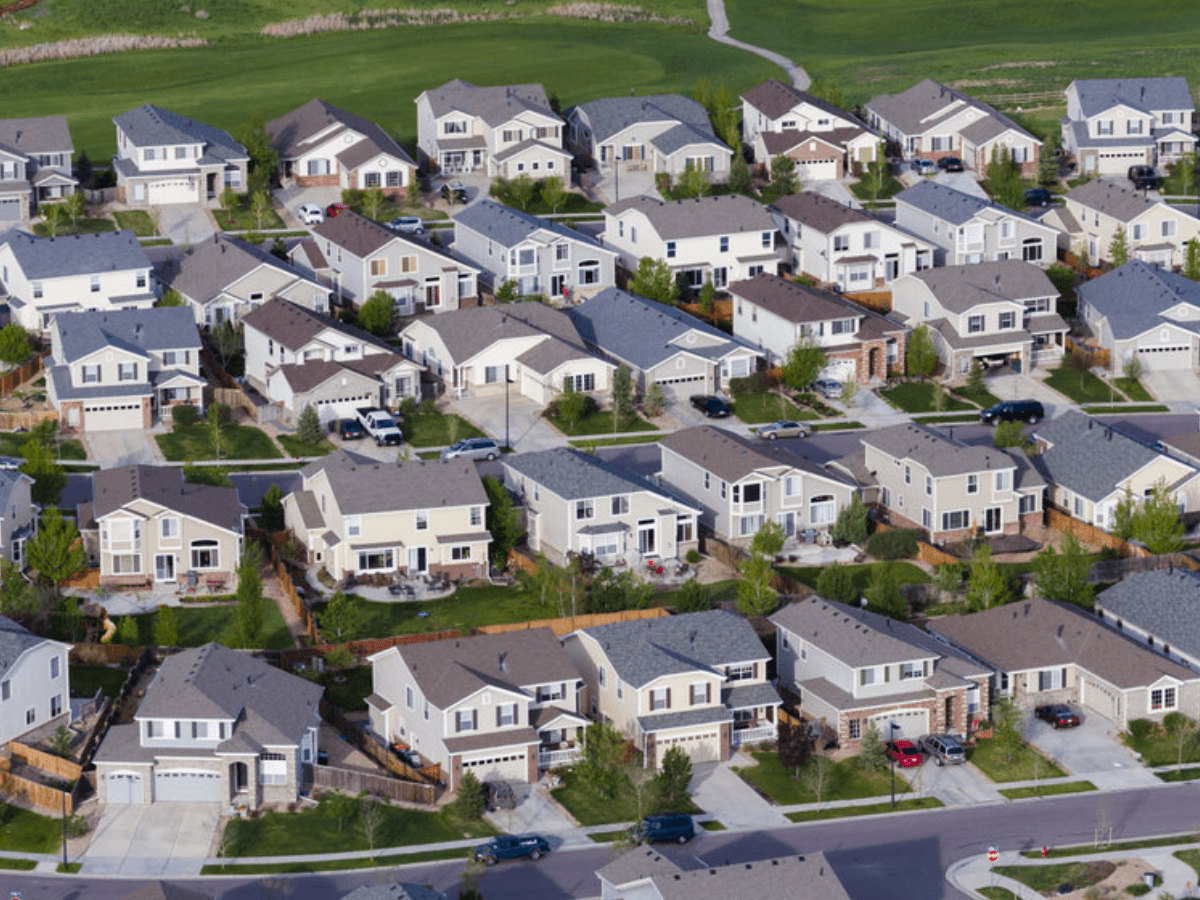
Are U.S. Homes Overpriced? Wall Street Thinks So
Aspiring homeowners know all too well that house prices are through the roof. But do they know just how much?
Luckily, Wall Street has done the math, and the numbers aren’t encouraging. Analysts estimate that U.S. homes could be overpriced by 10% to 35%, suggesting a market correction might be looming on the horizon.
A Tale of Two Markets
Ordinary homebuyers and big investors see the housing market through completely different lenses.
For most buyers, it’s all about serviceable mortgage payments, good schools and a convenient commute. Investors, however, are more interested in numbers like returns, net income and cap rates—key indicators of profitability.
That difference explains why Wall Street is sounding the alarm, even as families continue to drive up home prices.
Wall Street’s caution is evident in the stock prices of major single-family rental companies like Invitation Homes and American Homes 4 Rent. According to Green Street, their stocks are trading at sharp discounts—35% and 20%, respectively—compared with the actual market value of the homes they own.
This suggests investors see home prices as overinflated. Take Invitation Homes, for example: while the average home in its portfolio sells for $415,000 on the open market, its share price implies investors believe $310,000 is a more realistic value.
Such gaps between stock prices and private market values hint at trouble ahead. A similar pattern erupted in 2020 when office property stocks reflected the hit from the remote work trend months before private sales prices began to tumble.
Why Wall Street Is Sitting Out
Institutional investors are stepping back from the housing market. In Q3 2024, big players—those with more than 1,000 properties—were behind just 0.3% of all U.S. home purchases. That’s their lowest activity level in seven years, excluding the pandemic lockdowns.
The problem boils down to simple math. The average U.S. home offers a cap rate of just 4%, which falls short of the 5% to 6% that institutional investors need to offset today’s high borrowing costs.
Even with slightly better loan terms than regular buyers—such as a 6.25% borrowing rate—it’s still not enough to make these deals profitable.
For regular buyers, paying sky-high prices is often justified as a long-term investment or a necessary step for family stability. But for institutional investors, those same prices don’t make sense—they’re simply unprofitable.
Ironically, the factors driving home prices out of reach, like record-low mortgage rates secured during the pandemic, are also keeping them elevated. Many homeowners are unwilling to sell and lose their favorable loans, limiting supply and keeping valuations stubbornly high.
Faced with an overpriced existing housing stock, some large investors are turning to alternative strategies. Companies like American Homes 4 Rent are building new homes or buying directly from developers. This pivot helps ease the nation’s chronic housing shortage.
Opportunities still exist in the resale market, though. Real-estate investor Amherst estimates that $12 billion worth of homes are listed at attractive cap rates of 5.75%. These are typically fixer-uppers, but for investors willing to take on the work, renovating can be far more cost-effective than building from scratch.
How Much Are Buyers Overpaying?
The big question is what it would take to lure Wall Street back into the market. The answer is a sharp price drop.
Analysts estimate that U.S. home values would need to decline by 10% to 15% for institutional investors to achieve the returns they’re looking for.
For today’s buyers, that’s a sobering reality. They might be paying more than what the so-called “smart money” considers reasonable, risking a mismatch between current prices and long-term value.
The Bigger Picture
The disconnect between Wall Street’s valuation models and the open market is a warning sign that today’s housing prices may not be sustainable. For now, institutional investors are biding their time, waiting for borrowing costs to drop or prices to correct.
For the everyday homebuyer, the message is clear: in a market this overheated, patience could help avoid costly regrets.



